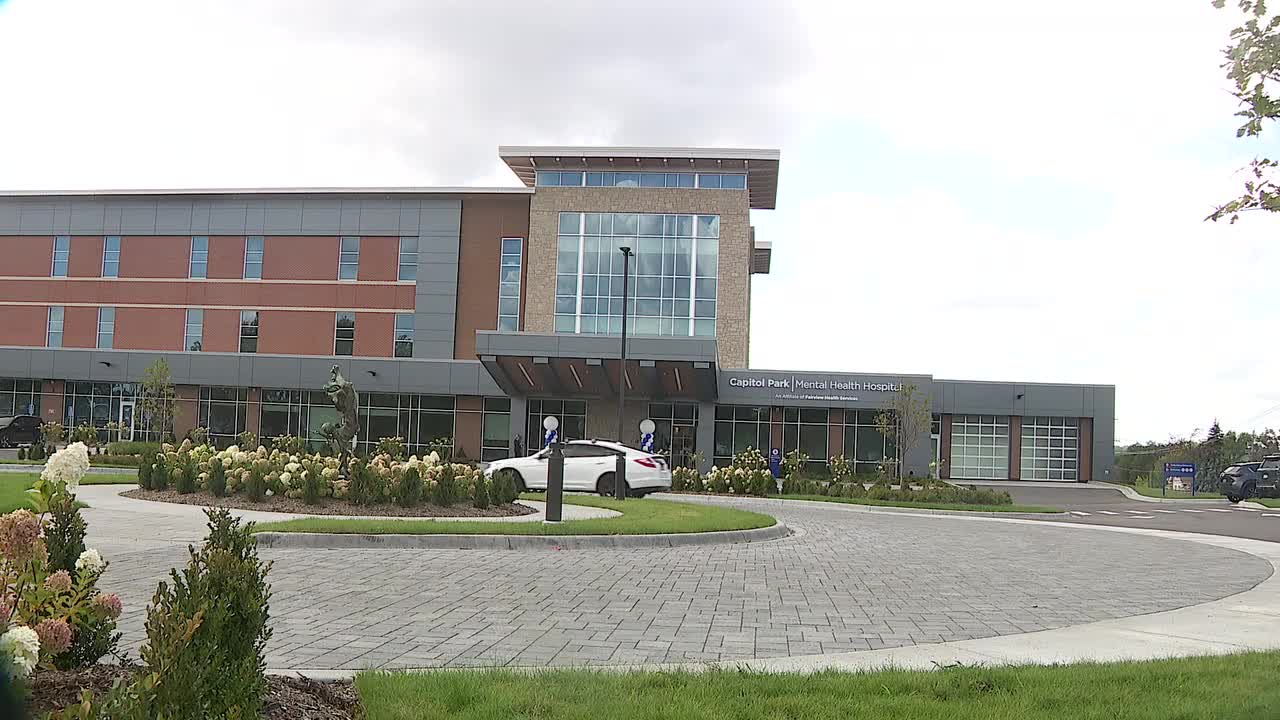Beyond City Limits: Why Rural Americans Face Higher Heart Risk

Rural communities face significant challenges when it comes to heart health, with social and economic factors playing a crucial role in residents' cardiovascular well-being. A comprehensive analysis reveals that poverty, limited educational opportunities, and food insecurity contribute substantially to higher rates of heart disease and associated risk factors among rural populations.
Unlike their urban counterparts, rural residents often struggle with systemic barriers that directly impact their health outcomes. Low income levels create obstacles to accessing quality healthcare, preventive services, and nutritious food. Educational disparities further compound these challenges, as lower education levels are typically linked to reduced health literacy and fewer resources for maintaining optimal heart health.
Food insecurity emerges as another critical factor, with many rural residents lacking consistent access to nutritious meals. This nutritional instability can lead to increased risks of obesity, diabetes, and other conditions that compromise cardiovascular health. The combination of these social determinants creates a complex web of health challenges that disproportionately affect rural communities.
Understanding these underlying social factors is crucial for developing targeted interventions and support systems that can help improve heart health and overall well-being in rural areas. By addressing poverty, enhancing educational opportunities, and ensuring food security, communities can work towards reducing heart disease risks and promoting healthier lifestyles.








